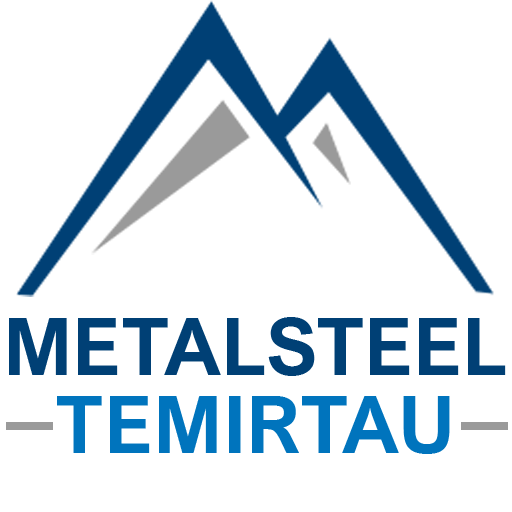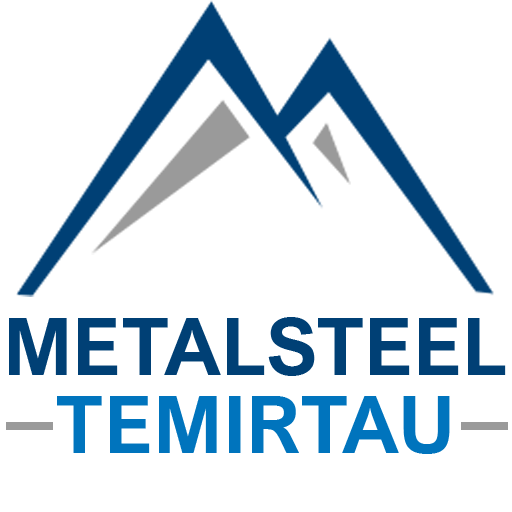Construction tips
Selection of fittings for construction work
Construction is the main, but not the only area of activity in which steel reinforcement is used. A piece product is a whip of measured (5.85, 6, 11.7 or 12 m) or random length with different diameters and surface textures. How to choose reinforcement for the foundation so that the foundation lasts a long time?
The main purpose of metal rods with a smooth or embossed surface is the formation of a load-bearing frame for architectural elements made of concrete. The hardened mixture of cement, sand, water and gravel has insufficient strength and resistance to multidirectional loads. Over time, a visually monolithic wall, ceiling or base without steel reinforcement will begin to crack, lose strength, and will not be able to support its own weight.
Equally important is the choice of steel grade used for the production of reinforcing bars. Alloyed varieties have increased elasticity, the possibility of welding, low-carbon ones – resistance to corrosion, high static, dynamic loads.
Reinforcing products with a smooth surface are used to reinforce reinforced concrete walls and floors. The advantages of smooth-walled bars are ductility, flexibility, resistance to cracking due to maintaining a constant diameter. The second purpose is the manufacture of mounting lugs.
Embossed steel has several types of profile:
- crescent;
- ring-shaped;
- combined.
The first option is the most common, it is formed by two longitudinal protrusions and frequent transverse notches in the form of the letter C. An annular relief is rare and is practically not used in construction. The ribbed structure of the metal reinforcement of reinforced concrete structures is needed for better adhesion of the frame with concrete mixtures.
Measuring rods with a length of 6-12 m are suitable for the formation of massive architectural elements from reinforced concrete. Random whips of different lengths are cheaper, but design engineers and builders advise buying such rolled products only by weight. Elements of different lengths will have to be tied or welded when pouring bases of large sizes and thicknesses.
12 mm is the most common diameter of steel elements used for the construction of low-rise and multi-apartment buildings, factory buildings, bridges and other types of structures. For the construction of larger projects (hypermarkets, metro stations, other objects subjected to high loads), reinforcing meshes with a diameter of up to 48 mm are used.
GOST 23279-2012 contains rules and requirements for steel meshes for reinforced concrete structures. In accordance with the interstate standard, they can be:
- heavy, with working and load-distributing rods;
- light (flat and / or rolled).
Foundation reinforcement classes
The foundation is the basis of any structure, which perceives the maximum load from other elements – walls, ceilings, roofs, as well as other property located inside the building. To obtain a strong, durable foundation, concrete is reinforced with steel meshes of class III-V (according to the outdated classification). Under the class of reinforcing bars in the edition of GOST 34028-2016, they understand the presence of minimum values of physical or conditional yield strength (N / mm2). The characteristic is used in the designation of rolled metal products. For example, rod A240 has an index of 240 N/mm2, etc.
For the construction of reinforced concrete foundations, reinforcing frames are used, formed from several types of metal alloys.
A400 – rods with a relief surface used for the construction of architectural elements without prestressing. The metal profile is used for the construction of all types of foundations for low-rise buildings, including outbuildings, extensions, etc.
Armature A400C differs from the 400th predecessor visually (less pronounced transverse ribs located at large intervals between them), in composition and purpose. The letter C indicates that such steel can be fixed by welding, in contrast to A400, where wire is used to knit nets.
Reinforcing steel A500 with improved physical and chemical characteristics (compared to A400) is produced in bars and/or coils. Compared to the previous type, in alloys with a yield strength of 500 N/mm2, the mass fraction of N (nitrogen) is not limited by the normative document. This allows the use of a higher content of nitride-forming additives AI, Ti, V or Nb. A500C – rods that lend themselves well to welding. Visually, the 400 and 500 series welding alloys are virtually indistinguishable without marking.
Reinforcing bars A600, Ap600 have greater hardness, strength and somewhat less ductility. Therefore, in accordance with GOST 34028-2016, when checking quality, control products are bent at an angle of 90 degrees around the mandrel (products with a lower yield index are bent at an angle of 180 degrees).
A800 – steel rolled metal, which is produced only in bars. Designed for forming frames in prestressed reinforced concrete structures. High physical and chemical characteristics are redundant for civil engineering, therefore heavy reinforcing frames are used for pouring base plates of large objects.
What kind of steel is reinforcement made from?
Grades of alloys from which A400-A800 fittings are made:
25G2S, 32G2Rps, 35GS – raw materials for class III production. Density – up to 7.85 g / cm3. High strength, reliability. Used for the manufacture of A400 rods;
80С, 20ХГ2С – mixtures of carbon, iron and alloying additives, which are used in metallurgy to obtain A600 rods. Low-alloy structural steel, from which welded structures are assembled, including reinforcing meshes for the foundation;
23X2G2T – material for bars A800. Application – prestressed reinforced concrete structures. Structural steel with a short-term strength of 1050 MPa. The maximum elongation at break is 7%.
Reinforcement of reinforced concrete products is carried out with frames made of hot-rolled elements (designation – the letter “A” before the yield index). More ductile rolled metal is obtained by cold-rolled method, i.e. without preheating of workpieces.


